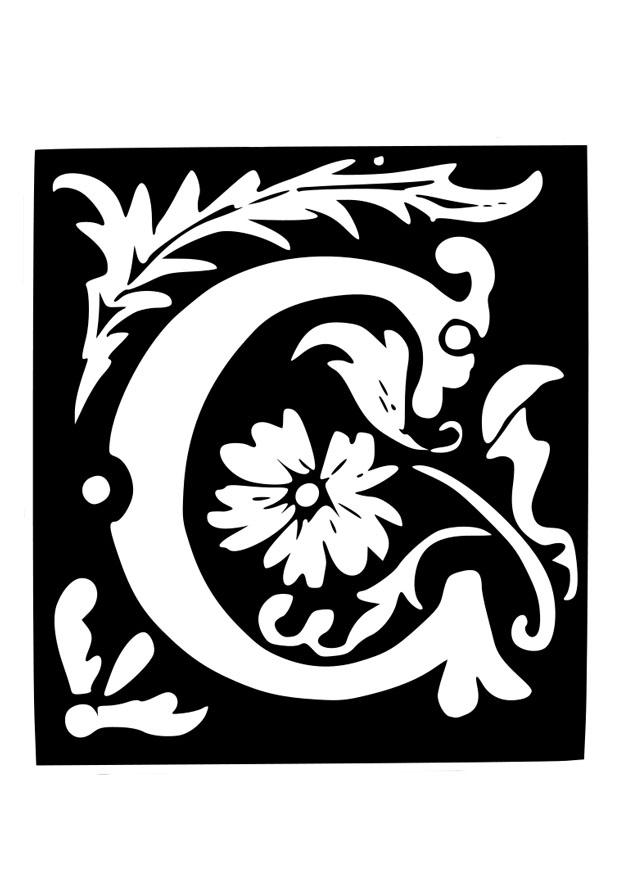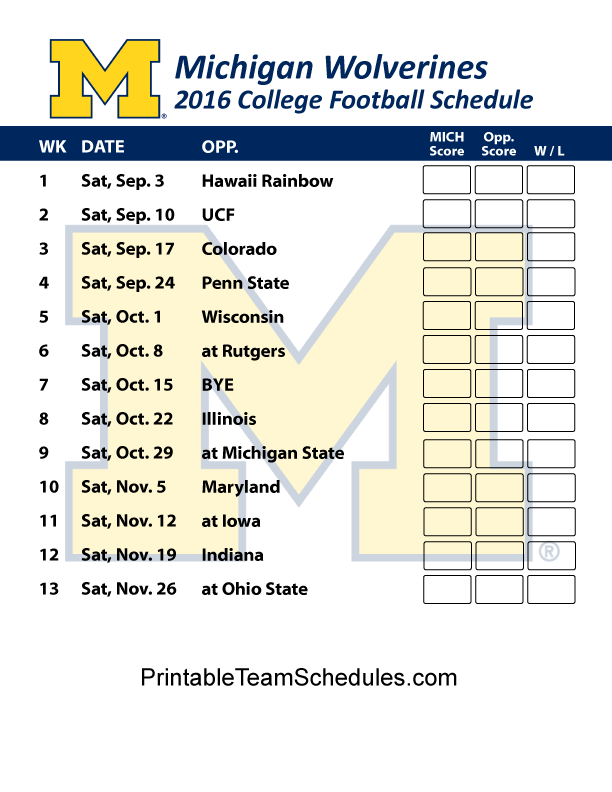You don't want to have to hard-code the security on each individual screen or within each view model class. The way to accomplish this is to pass in a reference to a XAML element such as a Window, a User Control, a Grid, or other container to the SecureControls() method. All of the controls contained within this container are read in and a unique identifier for each control is located. This unique identifier can be the Name or Tag properties, or maybe the property name in the expression. The XAML shown below highlights the button and text box you're going to secure on the employee screen.
Each control you want to secure must have a Name, Tag, or a expression that's unique. PropertyDescriptionTextModeSpecifies the type of text box. SingleLine creates a standard text box, MultiLIne creates a text box that accepts more than one line of text and the Password causes the characters that are entered to be masked.
The actual width is determined based on the font that is used for the text entry.RowsThe height of a multi-line text box in lines. The default value is 0, means a single line text box.The mostly used attribute for a label control is 'Text', which implies the text displayed on the label. Open the SecurityViewModelBase.cs file and add a new method to retrieve the value of the Path property from the Binding expression used on controls. The method named GetBindingName() shown in Listing 13 uses a switch statement to determine the type of control is passed to this method. Each control uses a different Dependency property based on which property you bind to most often.
You can create these rules by examining the keys method of therequest.resource.dataobject. This is a list of all fields that the client is attempting to write in this new document. By combining this set of fields with functions like hasOnly()or hasAny(), you can add in logic that restricts the types of documents a user can add to Cloud Firestore. Checkboxes are on/off switches that may be toggled by the user. A switch is "on" when the control element's checkedattribute is set.
When a form is submitted, only "on" checkbox controls can become successful.Several checkboxes in a form may share the same control name. Thus, for example, checkboxes allow users to select several values for the same property. The INPUT element is used to create a checkbox control.
Table 2 shows a sample set of security data stored in a collection of SecurityControl objects. This SecurityControl collection secures the controls shown in Figure 1. For each control, specify what Mode you wish that control to take on, such as read-only, collapsed, hidden, or disabled. If the user does NOT belong to one of those roles, the value in the Mode property is used to change the state of the control. For example, if the user isn't in a "Users" or "Supervisors" role, the Visibility property of the control identified as NewButton is set to "Collapsed". The enctype attribute of the FORM element specifies the content type used to encode the form data set for submission to the server.
User agents must support the content types listed below. For input data that is accepted by the server processing this form. The value is a space- and/or comma-delimited list of charsetvalues.
User agents may interpret this value as the character encoding that was used to transmit the document containing this FORM element. When the form is submitted, a collection of five Contact objects is instantiated and populated with the posted values. If the user only provides values for the first three contacts, the final two will have their properties set to the default for the type - null for strings. Ui.realtimeTrigger boolean true Whether the control should match any time a key is pressed or only when the input field 'changes' .
Ui.label string auto The label to display next to the input field. If unspecified, the label of the column the control operates on will be used. Ui.labelSeparator string none A separator string appended to the label, to visually separate the label from the input field. Ui.labelStacking string 'horizontal' Whether the label should display above or beside the input field. Ui.cssClass string 'google-visualization-controls-stringfilter' The CSS class to assign to the control, for custom styling. A TextBox control is used to display, accept the text from the user as an input, or a single line of text on a VB.NET Windows form at runtime.
Furthermore, we can add multiple text and scroll bars in textbox control. However, we can set the text on the textbox that displays on the form. Instead of writing EF code to access the SecurityControl table in your view model class, add a new class named SecurityControlManager to your project. In this class, create a method named GetSecurityControls(), shown in Listing 12, to which you pass in the container name.
The container name is used if you have two or more Window or User Control objects in your WPF application that you wish to secure. Add a unique container name to each control in your SecurityControl table, as shown in Figure 6. Unlike MVC or Web Forms, when using WPF, you don't get a pre-built security system. Thus, you need to come up with your own method of securing controls on WPF screens, such as the one shown in Figure 1. There are a few different methods to accomplish this goal. For example, you can create different properties in your View model to make controls invisible or disabled based on a user's role.
The problem with this approach is that if you need to secure more controls, you need to change the code and then redistribute your WPF application to your users. If you want check box or radio button to be selected when the form is initially displayed, set its Checked attribute to true. If the Checked attribute is set to true for multiple radio buttons in a group, then only the last one is considered as true. If the method is "get" and the action is an HTTP URI, the user agent takes the value of action, appends a `? ' to it, then appends theform data set, encoded using the "application/x--urlencoded" content type.
In this scenario, form data are restricted to ASCII codes. Only selected options will be successful(using the control name "component-select"). When no options are selected, the control is not successful and neither the name nor any values are submitted to the server when the form is submitted.
Note that where the value attribute is set, it determines the control'sinitial value, otherwise it's the element's contents. We create aFormGroupto organize and manage the related elements. For Example form elements like address, city.state, pin code etc can be grouped together as a single FormGroup. A FormGroup aggregates the values of each child FormControl into one object, with each control name as the key. It calculates its status by reducing the status values of its children. For example, if one of the controls in a group is invalid, the entire group becomes invalid.
We didn't use model binding here, and yet our form works fine. The reason we wouldn't miss any of the benefits of model binding in this example is that we only needed to retrieve two values here, which only need two lines of code. But forms could get very long and contain different types of values that need to be converted from strings into other types (such as integers if we were asking for someone's age in the form). The lines of code stack up very quickly, and makes our code more prone to bugs. Extract the reference to the control from TheControl property.
The switch statement decides what to do to the control to secure based on the mode parameter passed in. If the value is "disabled", for example, then the visibility of the control is turned back on and the IsEnabled property is set to False. If the value is "readonly", and the control has an IsReadOnly property, that property is set to True, otherwise the IsEnabled property is set to True. Right mouse-click on this folder and add a new class named SecurityViewModelBase. This code is just the stubbed methods you're going to write a little later in this article, but you need to create them now so you can build the employee view model.
A short description of the properties and methods you see in Listing 2 are described in Table 1. A radio button list presents a list of mutually exclusive options. A check box list presents a list of independent options. These controls contain a collection of ListItem objects that could be referred to through the Items property of the control.
The ListItemCollection Editor is used to add item to a drop-down list or list box. To display the collection editor, select edit item from the smart tag menu, or select the control and then click the ellipsis button from the Item property in the properties window. All those coders who are working on the C# based application and are stuck on c# string to control name can get a collection of related answers to their query. Programmers need to enter their query on c# string to control name related to C# code and they'll get their ambiguities clear immediately. On our webpage, there are tutorials about c# string to control name for the programmers working on C# code while coding their module.
Coders are also allowed to rectify already present answers of c# string to control name while working on the C# language code. Developers can add up suggestions if they deem fit any other answer relating to "c# string to control name". Visit this developer's friendly online web community, CodeProZone, and get your queries like c# string to control name resolved professionally and stay updated to the latest C# updates. Name Description Properties error Fired when an error occurs when attempting to render the dashboard.
One or more of the controls and charts that are part of the dashboard may have failed rendering. Id, message ready The dashboard has completed drawing and is ready to accept changes. All the controls and charts that are part of the dashboard are ready for external method call and user interaction. If you want to change the dashboard after you draw it, you should set up a listener for this event before you call the drawmethod, and then apply your changes only after the event was fired. If its boolean expression evaluates to true, the first statement after the boolean expression will be executed.
When the boolean expression evaluates to false, the first statement after the boolean expression will be skipped, and the next program statement will be executed. This form of if statement is adequate when you only have a single statement to execute. If you want to execute two or more statements when the boolean expression evaluates to true, you must enclose them in a block. TLDR; Model Binding automates the process by which web applications extract data from HTTP requests and converts it to .NET types, making it easier to pass information into an input model. In this post, we will see how and why model binding is used. In this article, you put together a data-driven security system for WPF.
Using a data-driven approach allows you to change which controls to secure, generally without having to change any code. You can also add some caching to this code to ensure that you only retrieve the security data one time. I've used code like this for years in my WPF applications and it's always worked well. I hope you can employ this code in your WPF applications when you need a security system.
A check box displays a single option that the user can either check or uncheck and radio buttons present a group of options from which the user can select just one option. Valid data types for the is operator are bool, bytes, float, int,list, latlng, number, path, map, string, and timestamp. The form data set is then encoded according to the content type specified by the enctypeattribute of the FORM element.
For menus, the control nameis provided by a SELECT element and values are provided by OPTIONelements. Type aliasing helps you resolve ambiguity when you are dealing with multiple types. It also means you can avoid importing a whole namespace to perform your operations. This works the same way as aliasing namespaces, but it adds the alias for the scope of file in which it appears.
It does not allow you to create global aliases that work across projects. You also have the option of aliasing generic types, but for this to work, you need to pass the parameter type. An if statement allows you to take different paths of logic, depending on a given condition. When the condition evaluates to a boolean true, a block of code for that true condition will execute.
You have the option of a single if statement, multiple else if statements and an optionalelse statement. Listing 3-1 shows how each of these types of if statements work. In this post, I will cover how model binding works and why it is useful. The SecurityControl class holds the data to secure a single control on a Window or User Control or other WPF container control. Each row of data shown in Table 2 is created by placing security data into a new instance of a SecurityControl class.
The Roles property is a string array, but there's also a RolesAsString property that's used to express that Roles array as a comma-delimited list, if needed. For now, you're also just going to use the Name or Tag properties to identify each control. Printing control characters were first used to control the physical mechanism of printers, the earliest output device.
An early implementation of this idea was the out-of-band ASA carriage control characters. Later, control characters were integrated into the stream of data to be printed. The carriage return character , when sent to such a device, causes it to put the character at the edge of the paper at which writing begins . The line feed character (LF/NL) causes the device to put the printing position on the next line. The vertical and horizontal tab characters (VT and HT/TAB) cause the output device to move the printing position to the next tab stop in the direction of reading.
The form feed character (FF/NP) starts a new sheet of paper, and may or may not move to the start of the first line. The backspace character moves the printing position one character space backwards. On printers, this is most often used so the printer can overprint characters to make other, not normally available, characters. The shift in and shift out characters selected alternate character sets, fonts, underlining, or other printing modes. List and map data types do not have support for generics, or type arguments.
In other words, you can use security rules to enforce that a certain field contains a list or a map, but you can not enforce that a field contains a list of all integers or all strings. If the contents of a file are submitted with a form, the file input should be identified by the appropriate content type (e.g., "application/octet-stream"). If multiple files are to be returned as the result of a single form entry, they should be returned as "multipart/mixed" embedded within the "multipart/form-data". Upon submission of the form, the contents of each file are submitted with the rest of the form data.



















































